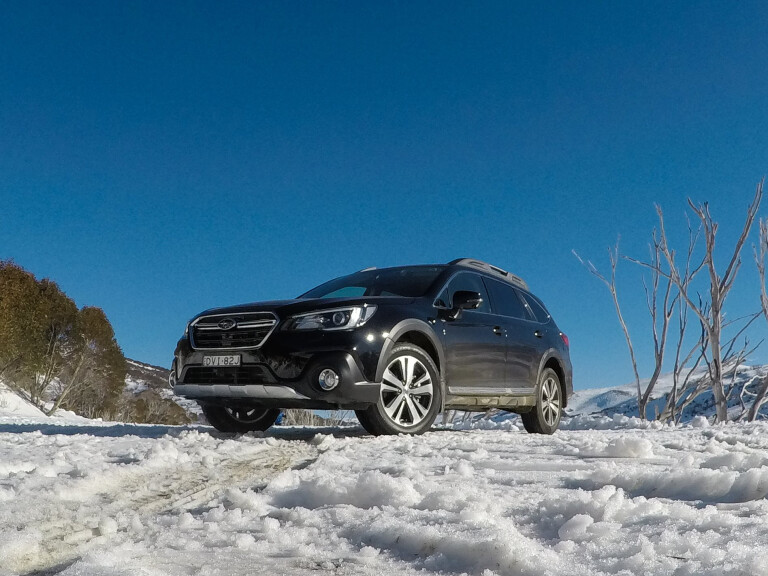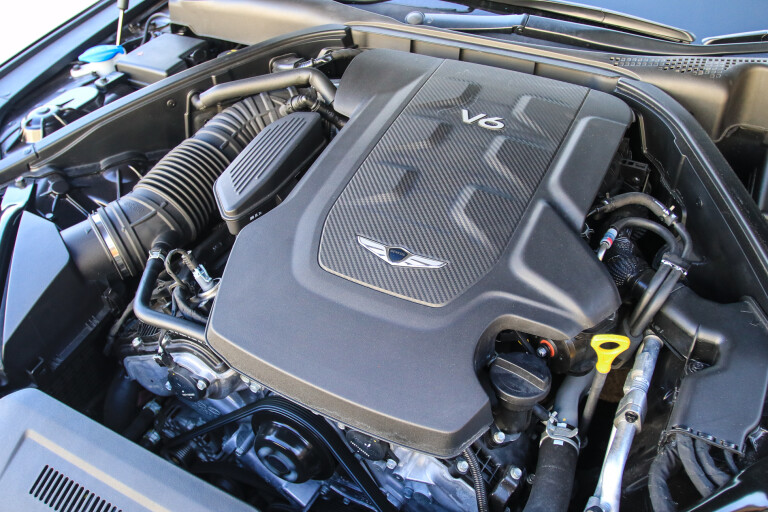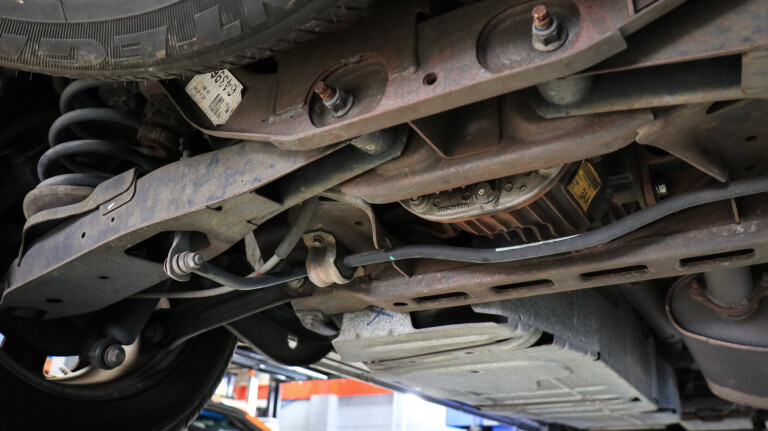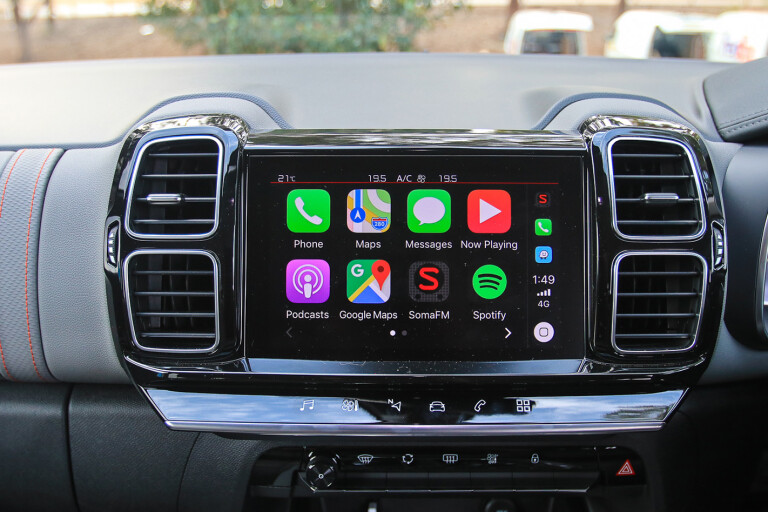
The economy is like the weather – everyone’s got an opinion on it, but it’s hard to predict what’s going to happen in the weeks and months ahead.
Soft new car sales, in general, are a good indicator of a chilly economy – unless you’re buying a sports car, by the looks – and it looks like people are keener to keep money in their pockets at the moment than lash out for a new car.
If you’re feeling that need, then you might be eyeing off your trusty old rig in the driveway, wondering how you can stretch a bit more life from it before it becomes an absolute necessity to trade it in.
In most cases, the answers are pretty straightforward, but there are some pro tips to keeping your car going that aren’t especially expensive but make a big difference in how your car drives, and consequently how you feel about it.
We’ve recently gone through a similar experience with one of our cars, and it’s worked out well – but your experience may vary!
Above all else, we recommend that safety should be your first priority and that you find (and stick with!) a reputable mechanic.
Five easy steps to a shiny new(er) car
1 A proper service with full fluid change
We all know that we have to change oil at prescribed intervals, but most people aren’t aware that there are a few other fluids that need to be changed at prescribed intervals.
Key amongst those is transmission oil, brake fluid and differential oil, along with engine coolant.
If you’ve been following a maintenance schedule as laid out in your owner’s manual, then it should tell you exactly when those fluids are due, as well as what type of fluid suits your car.

One trap here is the notion that newer transmissions don’t need their oil changed at all. The notion of ‘lifetime oil’ should be taken with a very large grain of salt.
If, for example, you tow regularly, drive in hilly terrain or over long distances in hot weather, we’d change the transmission oil every 100,000km at least, if not more frequently.
It’s not cheap – tranny oil is about three times the cost per litre than good engine oil – but it’s good insurance.
The colour of the oil in a transmission can also help a mechanic diagnose a problem before it becomes catastrophic – and expensive.
Likewise, flushing the coolant system and replacing the fluid can help trace small leaks in the system, while fresh brake fluid will give your car a nicer-feeling brake pedal.
A full fluid change will help your care run more quietly, run at lower operating temperatures and run for a longer period of time.
2 New tyres and wheel alignment
Even if you don’t drive vast distances, your tyres will feel worse the older they get. Just because your ten-year-old Mazda only has 25,000km on the clock doesn’t mean you don’t need to renew your rubber.
Tyres are still most made of rubber, which degrades over time with exposure to sunlight, chemicals and repeated heat cycles (ie your car driving on them). The rubber will harden, which will extend braking distances and reduce cornering and wet-weather grip.
.jpg )
Even if the tread wear indicators – those little bridges of rubber spaced out in between the grooves of your tyre – aren’t indicating your tyres are worn out, older tyres should be replaced at least every five years.
And while you might think a wheel alignment is a tricky add-on designed to fleece you of cash at the tyre shop, you’d be wrong. Resetting the car’s castor, camber and toe angle figures means better handling and more even tyre wear – and it’ll feel like your car is its new self again.
3 New bushings
Another way to give your old car that new-car feeling is by replacing worn-out suspension bushes. A bush is a rubber bumper that is used throughout the underside of a car, and isolates pieces of metal from each other. These bushes are wear items, meaning that you will have to change them over the life of the car.
Worn bushings lead to knocking noises, uneven tyre wear and more noise coming into the car. While some bushes are a pain to change, most are surprisingly easy to sort.

It’s also possible to change the original rubber items for polyurethane items for the same cost. The polyurethane ones will last a heck of a lot longer, and a fresh bushing overhaul is one of the easiest ways to make your car drive like a new one.
It’ll stop more quickly, handle more nicely and will filter out more of the road noise that was getting back into the cabin. Combine it with new tyres and you won’t believe the difference.
4 Give it a proper clean
Do yourself a favour, and give your car to a detailer for a once-in-a-lifetime clean. They can recondition your paint, clean your wheels properly, give the engine bay a tub and go right through the interior to get your car looking – and smelling – like a new one.

Don’t skimp on glass cleaning, either – you don’t realise how dirty the glass in your car is until it’s cleaned properly inside and out.
5 New Apple CarPlay/Android Auto head unit
Feel like you’re missing out on smartphone mirroring just because your car is a bit older? Worry no more!

It’s possible to add a new head unit to the dash of pretty much any car that will allow you to plug in your smartphone for the full Apple CarPlay/Android Auto experience.
From around $600, you’ll get a nice touchscreen and the ability to stream music and access map apps that will give any older car a completely new perspective.
COMMENTS